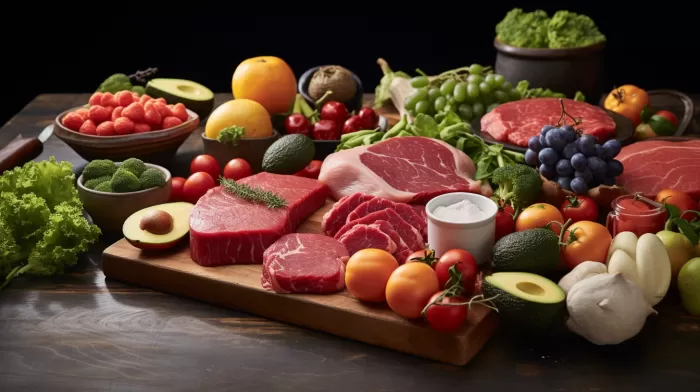The paleo diet changed my life – I lost 20 pounds and experienced significant improvements in my health. Although I still face some health issues, it’s clear that adopting a paleo lifestyle is the key to keeping these problems under control.
While many paleo advocates promote the diet as a cure-all for various ailments, my experience has been positive, but not life-changing. For years, I unknowingly suffered from celiac disease (an autoimmune reaction to proteins in wheat, rye, and barley) that led to neurological and cognitive decline. By eliminating gluten and adopting a paleo diet, my memory improved, my blood pressure dropped, my arthritic pain lessened, and I shed unwanted weight. While it hasn’t made me completely healthy, I believe a paleo lifestyle is better than other diets in supporting overall health and well-being.
##Paleo Support for Successful Aging
Research has shown that the paleo diet can provide many benefits for overall health, particularly as we age. The diet emphasizes good quality, nutrient-dense animal proteins that can support cognitive and physical health during the aging process.
In one study, Japanese researchers found that older individuals who consumed diets high in animal protein had better social, psychological, and physical health outcomes than those who avoided meat. They argue that as we age, our digestive tracts struggle to absorb and process protein, so our protein requirements increase. In their study of over 1,000 people with an average age of 67, they found that meat-eaters had a 40% better chance of maintaining independence as they aged, although this effect was primarily experienced by men.
Moreover, staying active is critical for preserving muscle strength and physical capabilities in our later years. A study conducted at Tokyo University revealed that middle-aged individuals who regularly exercise retain more muscle strength and experience reduced muscle loss or sarcopenia. Active participants in the study demonstrated better hand grip strength, walking speed, and overall stability than their sedentary counterparts.
##Pairing Paleo with Regular Exercise
For me, consistent exercise is an essential component of the paleo lifestyle. Engaging in daily physical activity helps to further promote overall health and well-being. Whether it’s walking the dog, hitting the gym, or participating in a sports team, incorporating regular exercise into your routine can significantly enhance the benefits of the paleo diet.
While my personal paleo regimen may not closely resemble our ancestors’ diet during the Paleolithic era, I firmly believe that it supports my health and well-being, and it could do the same for others if given a chance.
##Optimizing the Paleo Lifestyle
To maximize the advantages of a paleo lifestyle, consider these tips:
- Choose high-quality, nutrient-dense sources of protein, such as grass-fed and pasture-raised meats, wild-caught seafood, and organic, free-range eggs.
- Incorporate healthy fats, such as avocados, nuts, seeds, olive oil, and coconut oil, to support cognitive function, weight management, and overall health.
- Load up on colorful fruits and vegetables to ensure you are consuming essential vitamins, minerals, and antioxidants to promote vitality and prevent chronic disease.
- Avoid processed foods and focus on whole, unprocessed ingredients that are naturally grain-free and dairy-free.
- Keep active! Engage in daily physical activity, whether it’s walking, running, yoga, strength training, or a sport you love. Exercise supports muscle strength, weight management, cardiovascular health, and brain function – all critical factors for successful aging.
By carefully adapting your diet and lifestyle to the core principles of the paleo diet, you can experience significant improvements in overall health, well-being, and successful aging – regardless of your age or current health status.



